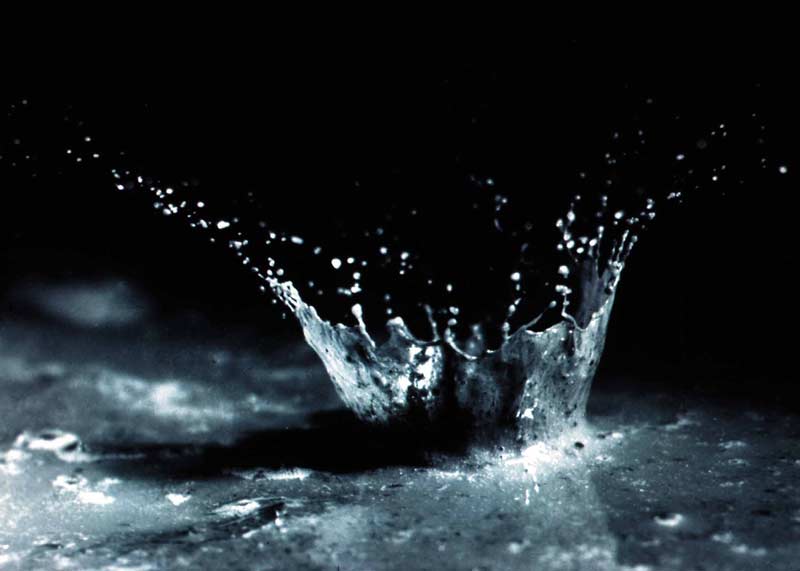


Bare soil is very sensitive to the vagaries of nature. From the perspective of the earth, raindrops are like cannonballs crashing into your garden. When a single raindrop falls at full speed, one of two things happen: either it hits a leaf, twig or other garden waste and is dissipated, flowing gently to the ground; or it smashes directly onto the earth. If it hits the ground directly, it can do a lot of damage to both the structure and fertility of your soil.
Healthy soil is not uniform. Rather, it is composed of aggregates – conglomerations of soil particles of varying sizes held together with plenty of space for air and water between them. When a water droplet crashes into an aggregate, the small particles are separated from each other and spread around – a phenomenon called the "Splash" effect. This can result in areas of mucky smearing or, more commonly, the formation of a hard, impermeable crust. Additionally, if your field or garden is on a grade, the loose particles will then be washed away, eroding the fertile top layer of your soil.
So how to avoid this? There are many ways to put natural umbrellas up over your soil:
The Splash effect is particularly prevalent in late fall and early spring when not much is growing. If the snow is not yet covering your garden, take an hour this fall to establish some cover and help protect your garden soil for next year and years to come!
Photo: soilerosion.net licensed under Creative Commons License